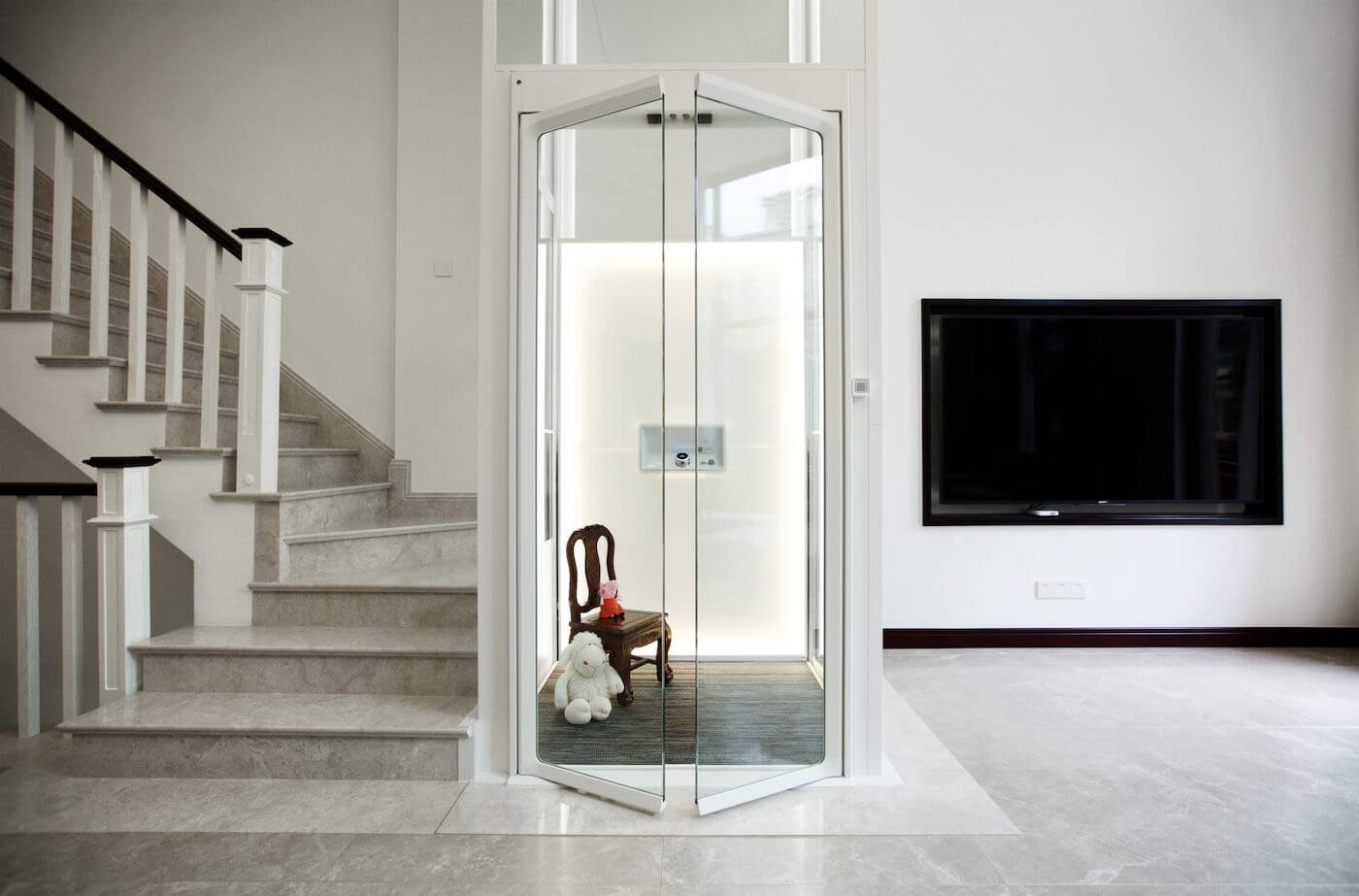We Maintain Lifts to the Highest Requirements: Reliable Service for All Lift Types
We Maintain Lifts to the Highest Requirements: Reliable Service for All Lift Types
Blog Article
Exploring the Globe of Elevators: Typical Problems Encountered by Various Lift Devices
As we navigate via the upright transport systems of modern buildings, elevators attract attention as an indispensable element of our day-to-days live. However, behind their seamless procedure exists a globe of intricate systems that can sometimes experience obstacles. From hydraulic elevators to grip systems and machine-room-less layouts, each lift kind includes its set of typical problems. Comprehending these obstacles is crucial for making sure the smooth functioning of these crucial systems. Let's check out the complexities that underlie the procedure of lifts and the potential problems that can occur, clarifying the elaborate web of lift devices.
Hydraulic Elevators
Hydraulic lifts, typically chosen for low-rise buildings, utilize fluid pressure to control the movement of the lift vehicle (lift repair companies). This device includes a hydraulic pump pressing oil right into a cylinder, causing the elevator to move in the preferred instructions. While hydraulic elevators are known for their quiet and smooth operation, they do feature their very own collection of typical issues
One common trouble with hydraulic lifts is oil leak. The seals in the hydraulic system can break in time, leading to oil seepage. This not only develops a mess but can likewise influence the lift's efficiency if left unaddressed. Additionally, problems with the control system, such as defective valves or a malfunctioning pump, can cause disturbances in the lift's movement.
Routine maintenance and timely fixings are vital to guarantee the smooth functioning of hydraulic elevators. By dealing with these typical problems proactively, structure proprietors can minimize downtime and make certain the safety and security and performance of their upright transport system.
Grip Lifts
When thinking about vertical transportation systems in structures, one more typical kind in addition to hydraulic lifts is the grip lift. Grip lifts operate utilizing a system of ropes and weights that move the lift cars and truck by grasping onto the hoist ropes. This mechanism permits smoother and faster upright transportation contrasted to hydraulic systems.
Among the common problems dealt with by traction lifts is rope wear. The constant motion of the ropes within the traction system can cause tear and put on with time, possibly creating the lift to breakdown or end up being risky for use. Regular inspections and maintenance of the ropes are vital to guarantee the elevator's appropriate functioning and safety.
An additional problem that grip lifts may come across is connected to the control system. Issues with the control system can lead to problems such as erratic motion, hold-ups in action times, or perhaps full shutdowns. Normal testing and maintenance of the control system are critical to avoid such problems and ensure the elevator's integrity.
Machine-Room-Less (MRL) Elevators

Among the key components of MRL elevators is the portable gearless traction equipment that is installed within the hoistway. This maker efficiently drives the elevator cars and truck without the requirement for cumbersome devices discovered in typical traction lifts. In addition, MRL elevators normally make use of a weight system to balance the vehicle, additional enhancing their energy performance.
In spite of their advantages, MRL elevators might face difficulties connected to repair and maintenance due to the restricted area for equipment setup. Availability for servicing components within the shaft can be restricted, needing specialized training for specialists. Appropriate maintenance routines and routine inspections are important to guarantee the ongoing smooth operation of MRL lifts.
Overloading and Weight Limitation Issues
Overwhelming and weight limitation concerns are critical worries in elevator procedures. Lift makers style lifts with specific weight capabilities to make sure passenger safety and security and devices long life.
When lifts are strained, it puts extreme strain on the electric motor, cables, and various other elements, possibly causing breakdowns or malfunctions. If they identify excess weight, security systems such as sensing units and overload sensors are in place to stop lifts from moving. Furthermore, going beyond weight limits can bring about enhanced energy intake and wear and tear on the elevator system.
To mitigate overwhelming concerns, constructing managers must prominently present weight limits in elevators and educate occupants on the significance of adhering to these limitations - lift repair companies. Normal upkeep checks by certified specialists can likewise help make sure that elevators are running within safe weight specifications. By dealing with overloading and weight limitation problems proactively, structure owners can enhance elevator safety and efficiency
Electric System Failures
Exceeding weight restrictions in lifts can not just lead to mechanical problems however additionally potentially contribute to electric system failures within the lift infrastructure. Electric system failings are an essential worry in elevator operation, as they can trigger unexpected closures, malfunctions, or also security hazards.
Routine maintenance and examinations are critical to identify and address potential electrical concerns promptly, making sure the efficient and secure procedure of lift systems. By adhering to weight restrictions and carrying out routine electric system checks, building owners can alleviate the risk of electric failures in elevators.
Conclusion

Hydraulic lifts, frequently preferred for low-rise structures, use fluid pressure to control the activity of the elevator car.When taking here into consideration vertical transport systems in structures, an additional common kind aside from hydraulic lifts is the grip elevator. Traction elevators run making use of a system of ropes and counterweights that move the elevator vehicle by grasping onto the hoist ropes. Unlike conventional elevators that need a separate machine area to house the equipment, MRL elevators integrate many of the parts within the shaft, removing the requirement for a devoted equipment area.In final thought, elevators encounter usual concerns such as hydraulic malfunctions, traction system failings, and electrical system problems.
Report this page